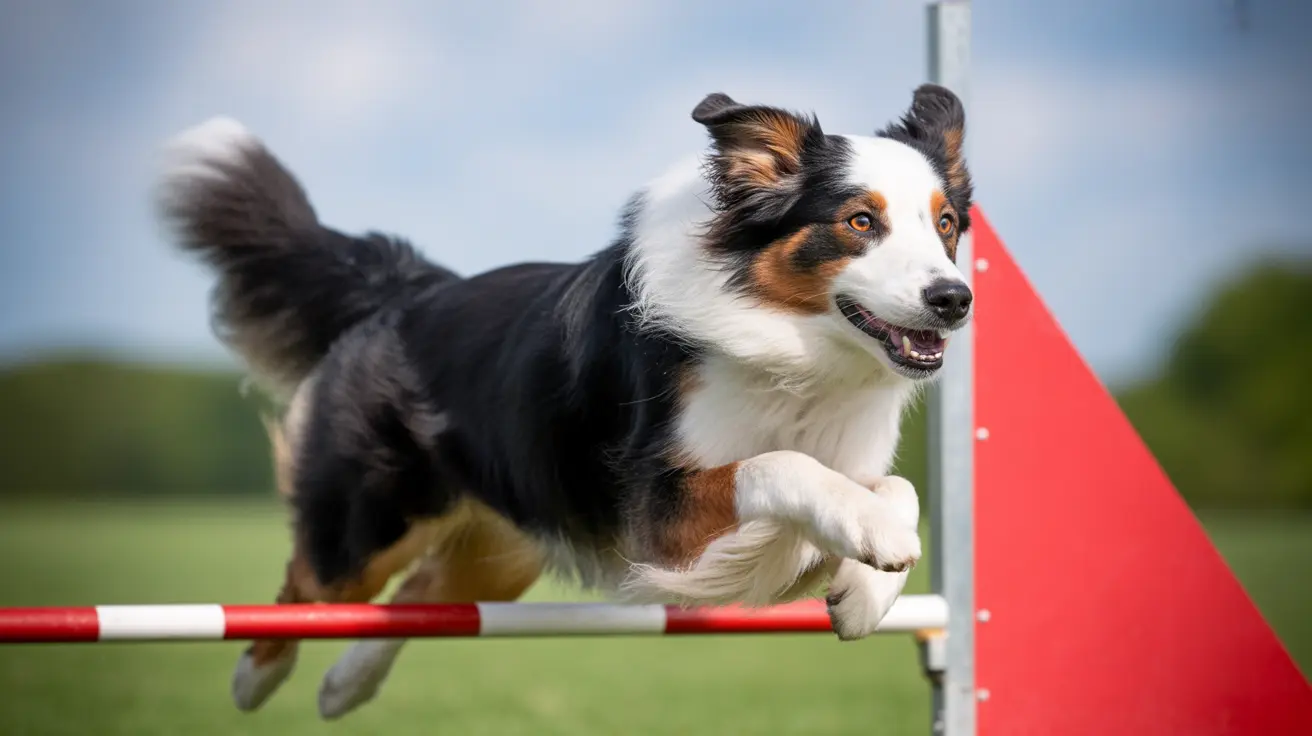Leptospirosis in dogs is a severe bacterial infection that can quickly become life-threatening if left untreated. This comprehensive guide will help you understand the risks, recognize the symptoms, and learn about effective treatment and prevention strategies for this dangerous disease.
As a zoonotic disease that can spread from animals to humans, understanding leptospirosis is crucial not only for your pet's health but also for your family's safety. Let's explore everything you need to know about this serious condition.
Understanding Leptospirosis and How Dogs Get Infected
Leptospirosis is caused by spiral-shaped bacteria called Leptospira, which thrive in warm, wet environments. Dogs typically contract the infection through contact with contaminated water or soil, often through drinking from stagnant puddles or exposure to wildlife urine.
Common sources of infection include:
- Standing water in puddles or ponds
- Wet soil in wildlife-frequented areas
- Direct contact with infected animals
- Exposure to rodent urine in urban environments
Recognizing the Signs of Leptospirosis
Early detection is crucial for successful treatment. Watch for these common symptoms:
Initial Symptoms
- Fever and lethargy
- Muscle pain and stiffness
- Reduced appetite
- Increased thirst and urination
Advanced Warning Signs
- Jaundice (yellowing of eyes and gums)
- Vomiting and diarrhea
- Difficulty breathing
- Blood in urine or stool
Diagnosis and Treatment Approaches
Veterinarians diagnose leptospirosis through blood tests and urinalysis. The MAT (microscopic agglutination test) and PCR testing are commonly used to confirm the infection.
Treatment Protocol
Treatment typically involves:
- Immediate antibiotic therapy (usually doxycycline)
- Intensive fluid therapy
- Supportive care for affected organs
- Isolation to prevent transmission
Prevention Strategies
Preventing leptospirosis involves multiple approaches:
Vaccination
Annual vaccination is the most effective prevention method, especially for dogs at higher risk. Modern vaccines are safe and protect against multiple strains of the bacteria.
Environmental Management
- Avoid letting dogs drink from standing water
- Keep rodents away from your property
- Clean and disinfect areas where dogs urinate
- Minimize exposure to wildlife
When to Seek Emergency Care
Seek immediate veterinary attention if your dog shows any of these signs:
- Severe lethargy or collapse
- Persistent vomiting
- Yellow skin or gums
- Dramatic changes in urination
- Signs of bleeding
Frequently Asked Questions
What are the symptoms of leptospirosis in dogs, and how is it diagnosed?
Symptoms include fever, lethargy, muscle pain, increased thirst, jaundice, and vomiting. Diagnosis involves blood tests, including MAT and PCR testing, along with urinalysis to confirm the infection.
How do I prevent leptospirosis in my dog, and is vaccination effective?
Vaccination is highly effective and recommended annually. Additionally, avoid letting dogs drink from standing water, control rodent populations, and maintain good hygiene practices.
What are the best treatments for leptospirosis in dogs, and how long do they last?
Treatment typically involves antibiotics (primarily doxycycline) for at least 2 weeks, along with supportive care including IV fluids. The full treatment course may last 3-4 weeks depending on severity.
Can leptospirosis be transmitted from dogs to humans, and what precautions should I take?
Yes, leptospirosis can spread to humans. Always wear gloves when cleaning up after an infected dog, wash hands thoroughly, and avoid direct contact with urine or contaminated bedding.
How can I protect my family and other pets if my dog is diagnosed with leptospirosis?
Isolate the infected dog, use protective gear when handling them, clean and disinfect any areas where they urinate, and follow your veterinarian's guidance for safe handling and treatment protocols.
Conclusion
Leptospirosis in dogs is a serious condition that requires prompt attention and treatment. With proper prevention, early detection, and appropriate medical care, most dogs can recover successfully. Stay vigilant about symptoms, maintain regular vaccinations, and consult your veterinarian immediately if you suspect your dog may be infected.






